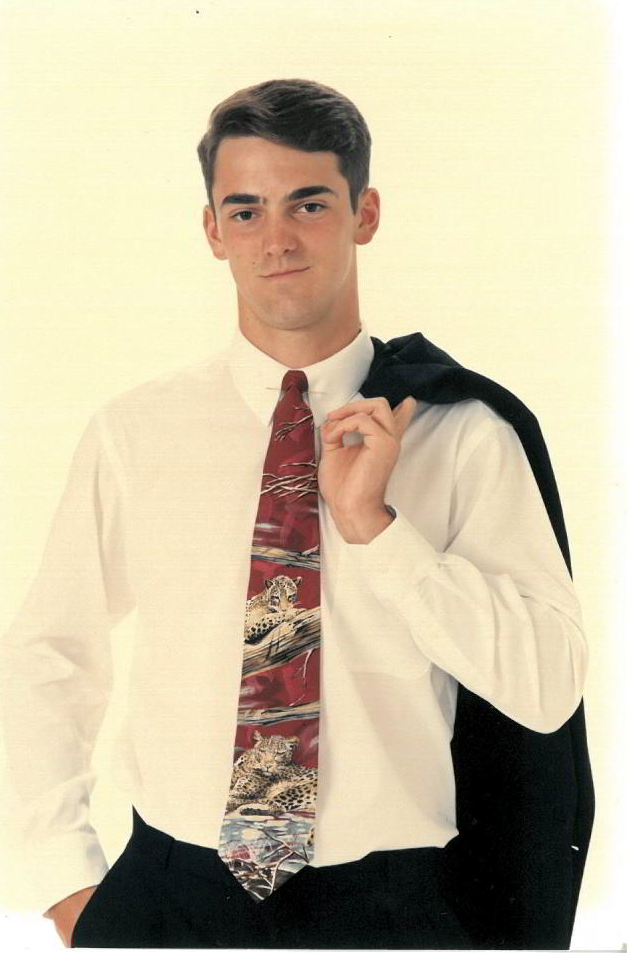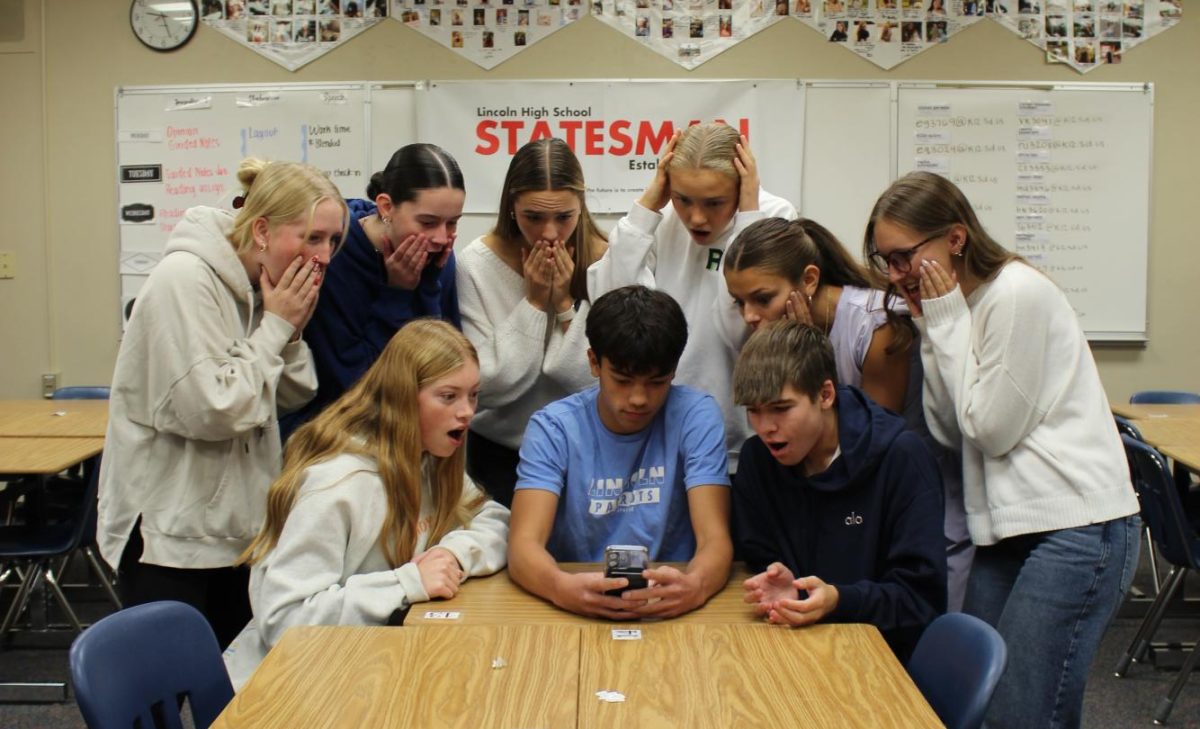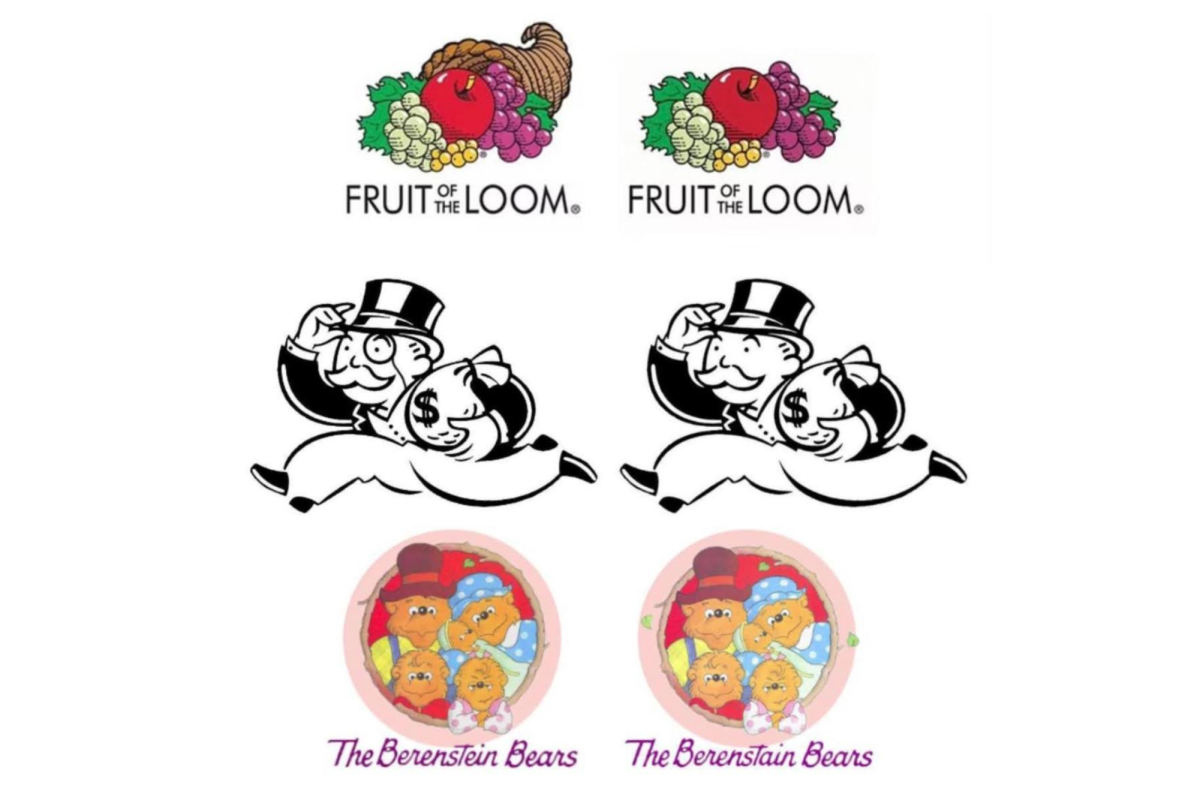High school has changed a lot since many LHS teachers were students. Teenagers no longer burn their favorite songs onto CDs, girls do not adorn large coral-colored necklaces and kids have not argued with their parents over the use of a landline for decades. With all the present uncertainty, from absurd college tuition to the rise of AI, taking a step back to see what high school was like for students of the past can be insightful.
1990s
Joshua Smith, Freshman Academy Adviser, graduated high school in 1994. Before Columbine, 9/11 and the 2008 financial crisis, the early 90s were what many would describe as “a simpler time.” Anxiety over standardized tests, social media or school threats was not something Smith experienced. For him, school was a safe space.
“We didn’t think of that stuff; we really didn’t. It was pretty innocent [back then,]” said Smith.
Going to school allowed Smith to connect with people. With no cell phones, when making plans with his friends, he relied on trust instead of constant communication. Being more engaged and without a phone allowed Smith to truly learn and connect with his educators. It was those relationships that gave him his passion for teaching.
“I liked my teachers; I liked being around them. They influenced me a lot…That’s why I’m a teacher now,” said Smith.
2000s
Moving away from the 90s and onto the 00s, LHS teachers Andrew Krueger and Martha Winklepleck graduated in 2002 and 2007, respectively. The new millennium, the 00s were a decade filled with massive changes in culture and technology. Slowly kids started to use the internet for chatting with friends, parents bought their kids cell phones for the first time and the world began to transition to a more digital landscape. Though some concerns can be raised on the attitude of some students about online learning and blended periods, the classrooms of today have seen many benefits of this switch.
“For the students that are using it [for] what the intended purpose is for, I think it’s definitely a positive,” said Krueger.
Though students in the present see large benefits from digitized learning, that is not to say there were no positives in the crude capabilities of 00s technology. While chat rooms and messaging software were popular, the early 00s did not have social media as we know it today. Krueger and Winklepleck did not experience the worries of digital footprint nor the addictiveness of a screen.
“[When I am teaching] seeing every kid with their own device in a class, and some periods they’re using them for the entire 50 minutes. And that’s just not something that happened when I was in high school,” said Winklepleck.
2010s
Moving forward again, as Brittney Spears faded to Taylor Swift and DVDs spun their last time as Netflix accounts were created, teachers Taylor Stacey and Grace Werner started their high school journey. Graduating in 2014 and 2017, between the two of them, Stacey and Werner lived through the majority of the decade in high school. Though online learning platforms such as Canva or Google Classroom were either non-existent or not widely used, Stacey and Werner truly lived in a digital world. Like teenagers today, they used computers for classroom projects, had personal phones and shared their lives through Instagram and Snapchat.
“I’d say [social media] probably it’s just as big [as it was back then]” said Werner.
According to both Stacey and Werner, high school in the 10s was similar to high school today, but there is still one major difference: technology. More importantly, AI technology, which has found its way into mainstream culture relatively recently. AI has been one of the biggest advancements in computer science within the past five years. Reshaping how we think about the classroom, AI has paved the way for enhanced online learning, opportunities for plagiarism and the capacity to become students’ main search engine tool. Less than 10 years ago, Werner and Stacey could only imagine such a program.
“It was still a different world. When I was in high school, it was the start of the social media age,” said Stacey.
With how fast AI has weaved its way into daily life, it can be hard to imagine a world without it. Opening a phone required manually typing in a password, there was no Snapchat AI that gave free homework answers and, worst of all, no PhotoMath to do those tough AP Calc questions. Stacey and Werner relied on the tried-and-true method of hard honest work; work that comes with an attention span not impacted by doom-scrolling brain rot.
It is no secret high school has always been difficult, but students are more anxious than ever. Under so much stress, students may find it enticing to look back with rose-colored glasses, inevitably longing for “the good ole days.” But while change is constant, this generation does not have to feel like they are at the mercy of the times they live in. Learning from teachers to stop prioritizing trivial matters can give insight for a better future. Yes, it is impossible to just “think away” gun violence and rising college tuition, but by building deeper, more meaningful connections with students, adults and especially teachers can capture the feeling of those “simpler times.”










